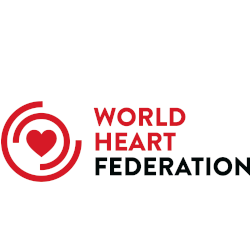Review
The U.S. Prevention of Cardiovascular Disease Guidelines and Implications for Implementation in LMIC
Abstract
The 2013 guidelines for the Prevention of Cardiovascular Disease released by the American College of Cardiology and the American Heart Association included guidelines of assessment of cardiovascular disease (CVD) risk, lifestyle management, management of overweight and obesity, and treatment of blood cholesterol. In addition, there were also 2014 guidelines on hypertension management released by members appointed to the Eighth Joint National Committee. Taken together, these guidelines, though extensively discussed and disseminated in the United States, have not been widely recognized beyond the United States, nor have their implications been considered for lower- and middle-income developing countries. With an estimated 80% of the global burden in CVD occurring in developing countries, it is important to develop strategies to adequately detect those at increased CVD risk and to manage their risk through lifestyle and where appropriate, pharmacologic means. Though certain aspects of each guideline may be suitable for implementation globally, including in developing countries, other recommendations would be unrealistic for many countries based on local epidemiology and resources. CVD prevention priorities can be set using guidance from recently published CVD prevention guidelines if appropriately modified to the context of lower- and middle-income developing countries. Establishment of global CVD prevention standards and rapid adaptation and dissemination of clinical guidelines are of paramount importance if we are to make significant progress into achieving World Health Organization 2025 goals to reduce the burden from CVD and other noncommunicable diseases.


